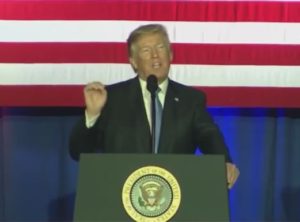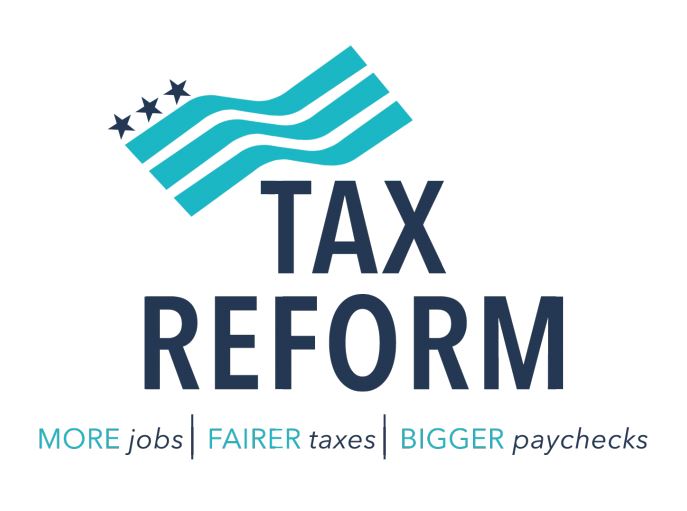President Donald Trump’s administration unveiled a tax reform framework on Wednesday after the defeat of the Republican healthcare repeal bill.
The framework will serve as basis for negotiations to develop a legislation to fix the country’s broken tax code.
Yesterday, Pres. Trump met with bipartisan members of the House Committee on Ways and Means about the tax reform framework. He requested the legislators to pass the reform and tax cuts that America needs. The President wants the tax code to become simple and fair.
“It’s time for both parties to come together and do what is right for the American people and the nation that we all love,” said Trump before the meeting.
Things to know about the Unified Tax Reform Framework
The Trump administration tax plan includes the following:
- Reduce the current tax brackets from seven to three: 12%, 25%, and 35%. There is a possibility of an additional top-rate bracket for the highest-income taxpayers.
- Double the standard tax deduction—$24,000 for married tax payers filing jointly and $12,000 for single filers. Increase the child tax credit significantly.
- Eliminate loopholes for the wealthy and protect bedrock provisions for the middle-class. Remove many itemized deductions primarily used by the wealthy to provide fairness and simplicity. Maintain tax incentives for home mortgage interest, charitable contributions, retirement security, work, and higher education.
- Repeal the unfair death tax and individual alternative minimum tax (AMT), which requires tax payers to do their taxes twice.
- Create new lower tax rate and structure for small businesses. The maximum tax rate for small and family-owned businesses will be limited to 25%.
- Create jobs, promote competitiveness, and reduce corporate tax rate to 20%
- Boost the economy by allowing “expensing” of capital investments. Businesses will be allowed to immediately write off the cost of new investments for at least five years.
- Adopt an American model for global competitiveness by ending incentives for companies that ship jobs and capital overseas. Companies that will repatriate profits will receive exemptions. A 100% exemption for repatriated dividends from foreign subsidiaries (U.S. parent company at least owns 10% stake). The tax rate for accumulated foreign earnings held in illiquid assets will be lower than foreign earnings held in cash or cash equivalents. Payment of tax liability will be spread out over several years.
Government tax plan is good for middle-class Americans







